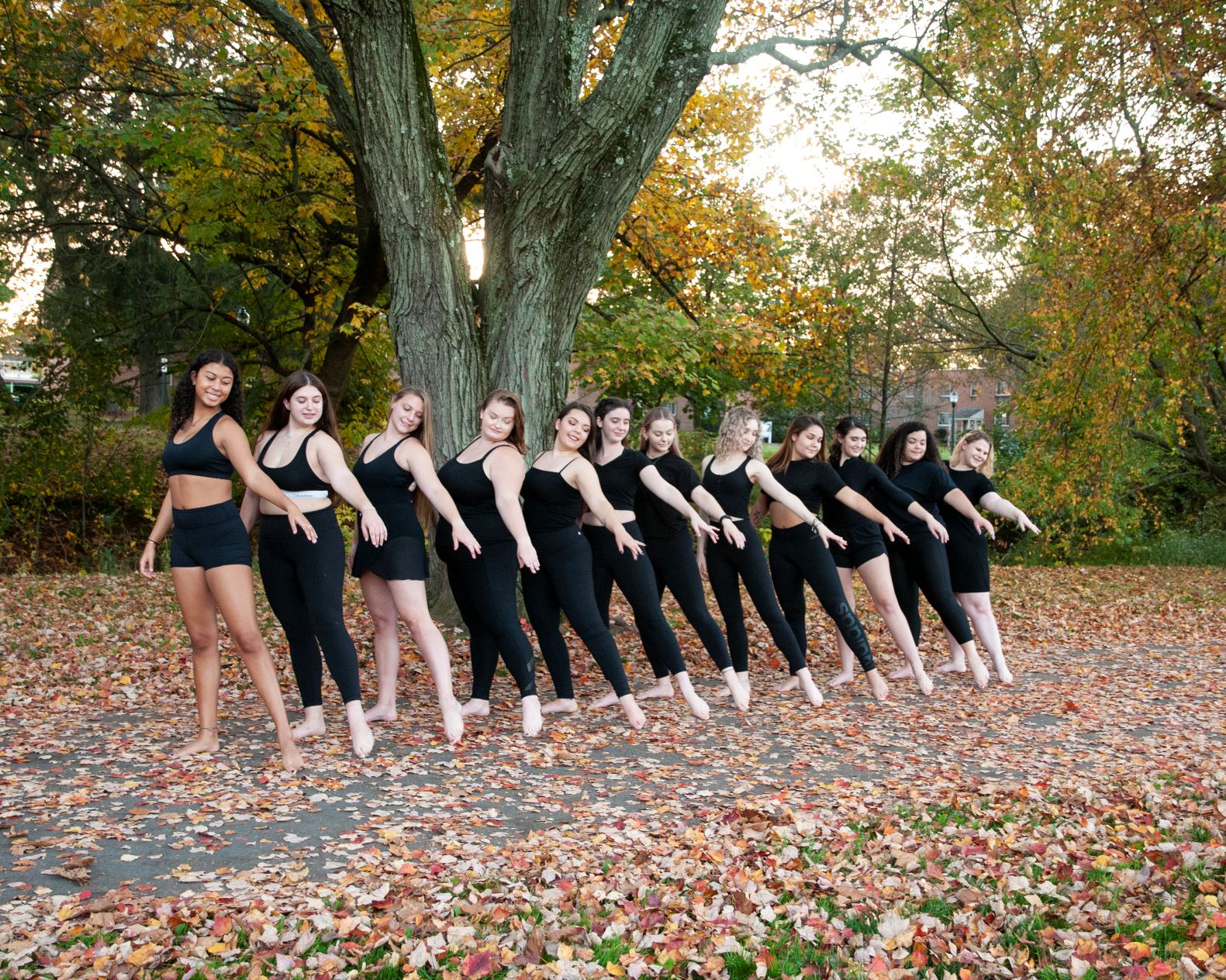By Bonnie Monnier
The question of whether African-American girls are ever considered girls was discussed on campus on March 30.
A large group of students and faculty members attended the Writing Black Girlhood: How Race and Gender Inform Our Ideas About event in Whitaker sponsored by the department of history, African-American studies program and the women and gender studies program.
Marcia Chatelain, assistant professor of history at Georgetown University, discussed her book South Side Girls: Growing Up in the Great Migration. Chatelain is a graduate from Brown University Department of American Studies, and has appeared on various television programs to discuss gender, race, history and current events.
Chatelain described her book in a brief overview, touching on her most prominent research. Her book is centered on African-American women and girls and the hardships they face due to gender, social class and racial constrictions.
Chatelain’s book explored the role African-American girls played in creating goals, strategies and motivation for black activism, mainly from the perspective of black girls growing up in south Chicago. Chatelain referred to these women and children as “black girls.”
She explored the history of black girls and how they represented a hopeful future. She found that adult characteristics are imprinted on black girls, so they are never really thought of as girls.
Chatelain stressed the importance of children to society. She said shebelieves that they are impressionable to our society. “When we challenge ourselves to think of the lives of young people, we learn so much,”she said.
Chatelain pointed out how black girls “shaped a lot of the debates we still have today.” She referenced current situations of discrimination and stereotypes that black girls similarly faced during the migration from the South to the North.
As she began her research for her book she realized “people were more concerned about the image of girls, rather than the girl.” Chatelain explored the reasons why what the girls did was more important than their actual experiences and feelings.
She completed extensive research through online databases, library records and history records. Most of her book was created in reference to interviews conducted during and after the migration in the early 20th century.
Chatelain posed the question, “What makes it so hard for some people to see a girl, a black girl, as a girl and not a woman?” This led her to discuss the implications of girlhood, and how black girls missed out on it.
In the past, black girls from the age of 9 were the sole caretakers of children and worked laborious jobs. Moving to the Northgranted them more opportunity of childhood, with the option of school and extra-curricular activities.
At the end of the talk the room was open for discussion. Students and staff members asked various questions on the complex topic at hand.
Student, Helena Hammond-DoDoo, said the talk was interesting and believed it brought up great points. But she was not surprised by any of the issues discussed. “These are things I think about all the time,” she said. “It’s a reality.”
Alex Smith, sophomore, said, “This event is a great chance to become active in issues and activities that not necessarily pertain to your major.” Smith added, “The issues that she mentioned are eye opening, and really get you to think about what has changed and what hasn’t.”




Be the first to comment